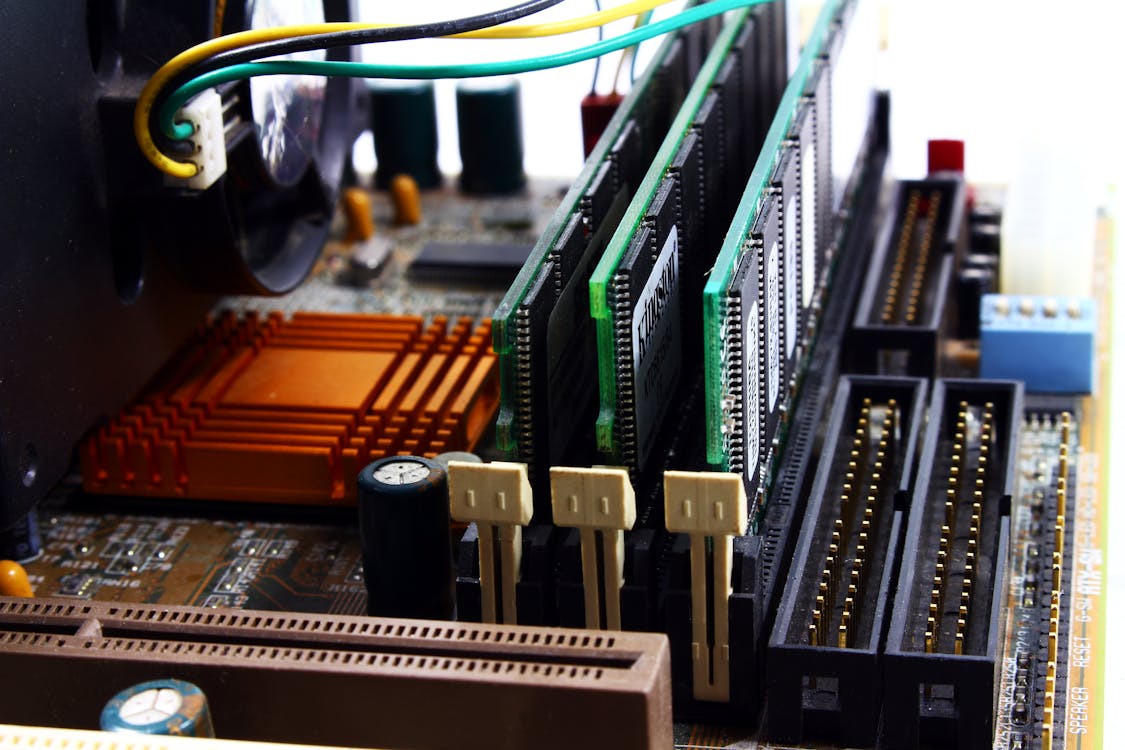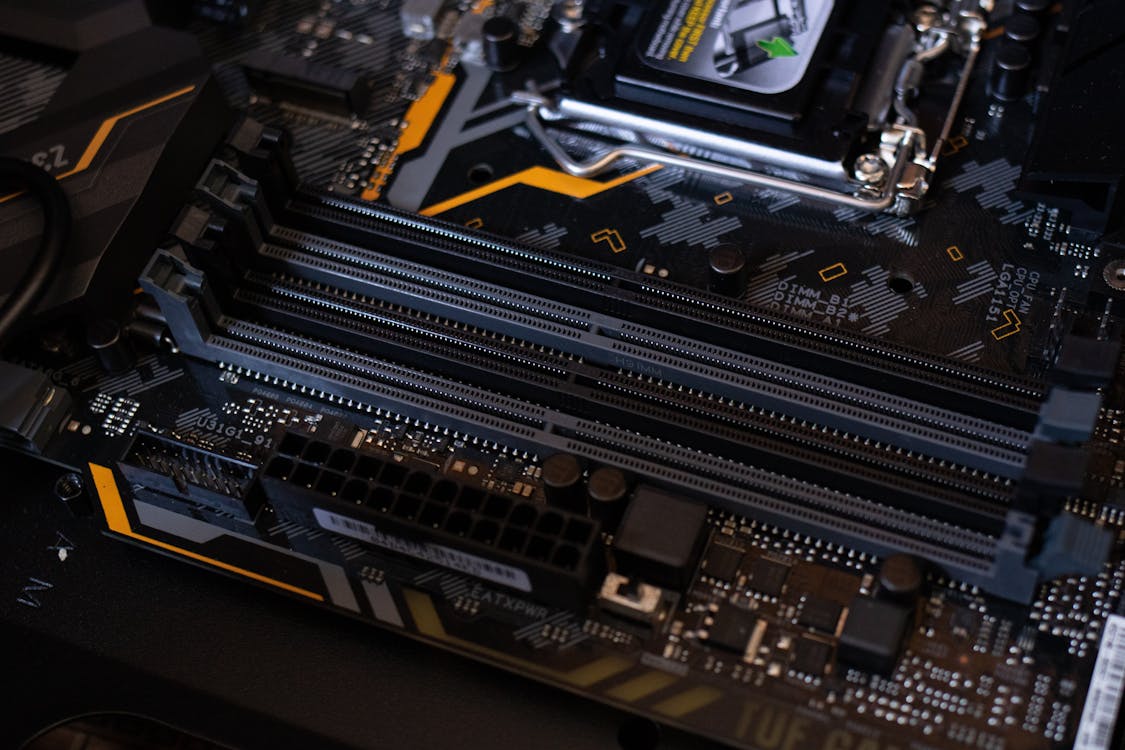What is
RAM? (in Mobile or Computers)
RAM (Random Access Memory) is a type of computer memory that is used to temporarily store data that the computer is actively using or processing. It allows the computer to access this data quickly, which improves the overall speed and performance of the system. When the computer is turned off, the data stored in RAM is lost.
What is RAM types?
There are
several different types of RAM, including:
SRAM
(Static Random Access Memory)
DRAM
(Dynamic Random Access Memory)
SDRAM
(Synchronous Dynamic Random Access Memory)
DDR SDRAM
(Double Data Rate Synchronous Dynamic Random Access Memory)
RDRAM
(Ram bus Dynamic Random Access Memory)
DDR2 SDRAM
(Second generation of DDR SDRAM)
DDR3
SDRAM (Third generation of DDR SDRAM)
DDR4
SDRAM (Fourth generation of DDR SDRAM)
DDR5
SDRAM (Fifth generation of DDR SDRAM)
Each type
of RAM has its own unique characteristics, such as speed, power consumption and
capacity. the most common types in use today are DDR3 and DDR4, DDR5 is the
newest one, but not widely adopted yet.
Why is a RAM important?
RAM
stores the data that helps your computer perform its most important tasks, such
as loading apps, browsing websites, and editing documents. RAM lets you open
apps and files quickly, because your computer can easily find the data in its
short-term memory.
If the
RAM on a computer is full, it can cause the system to slow down and become
unresponsive. This is because when the RAM is full, the computer has to use the
hard drive, which is much slower than RAM, to store and access data. This
process is called "swapping" or "paging" and it can
significantly slow down a computer's performance.
When the
RAM is full, the computer will start to move data that is currently stored in
RAM to a temporary file on the hard drive called the "swap file" or
"page file." This process is called "paging" or
"swapping." When the computer needs to access this data again, it will
have to retrieve it from the hard drive, which is much slower than accessing
data directly from RAM.
Additionally,
when the RAM is full, the computer may not be able to open any new programs or
perform certain tasks, and it may even crash or freeze. To avoid this, you can
close unnecessary programs, or upgrade your RAM to a larger capacity.
In short,
if the RAM is full, the computer will slow down and may become unresponsive,
because it will have to use the hard drive to store and access data which is
much slower than RAM.
Can I add
RAM to my computer?
Yes, it
is possible to add more RAM to a computer by installing additional memory
modules. The process of adding RAM to a computer is called "memory
upgrade" or "RAM upgrade."
Before
you upgrade the RAM, you will need to check the type of RAM that is compatible
with your computer, as well as the maximum amount of RAM that the computer can
support. This information can usually be found in the computer's documentation
or by checking the specifications on the manufacturer's website.
The
process of installing additional RAM is relatively simple and can usually be
done by anyone with basic computer skills. It typically involves opening the
computer's case, locating the memory slots, and carefully inserting the new
memory modules into the appropriate slots.
Once the
RAM is installed, you will need to power on the computer and check if the new
memory is recognized and is functioning correctly. you may also need to
configure the BIOS or UEFI settings to make sure the new memory is being used
properly.
In general,
adding more RAM to a computer can help to improve its performance by providing
more memory for the system to use, allowing it to handle more tasks and larger
applications, and generally run faster and smoother.








0 Comments